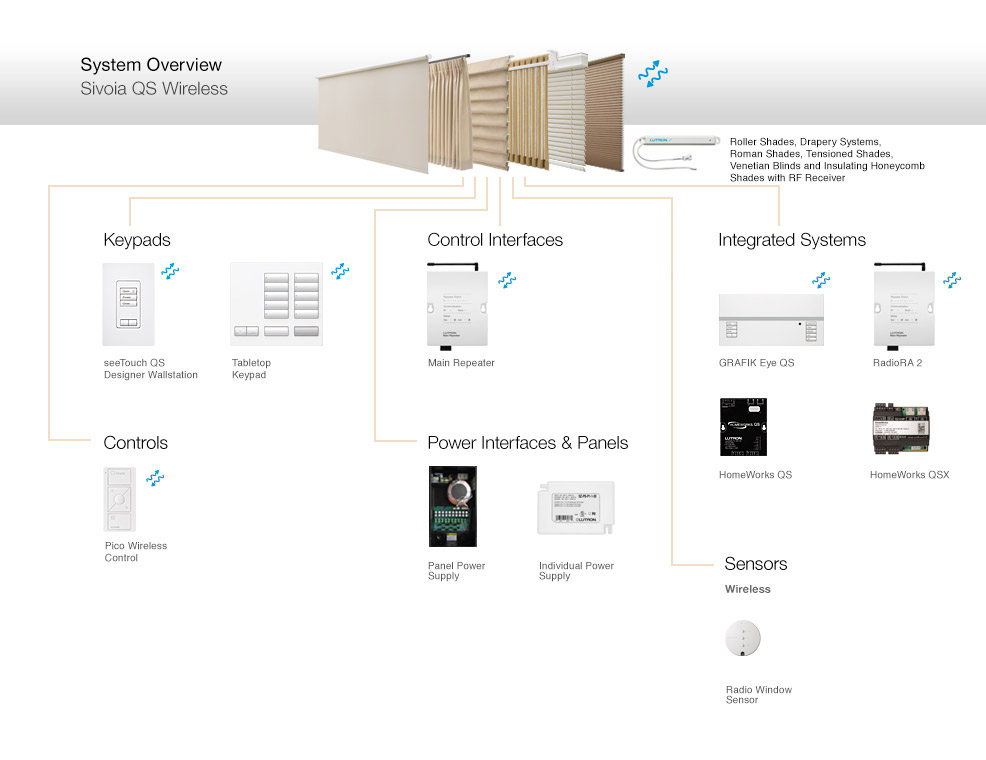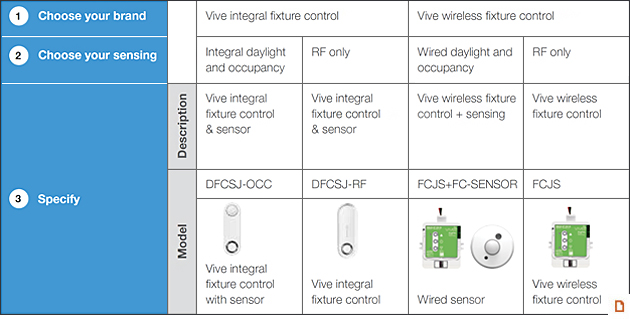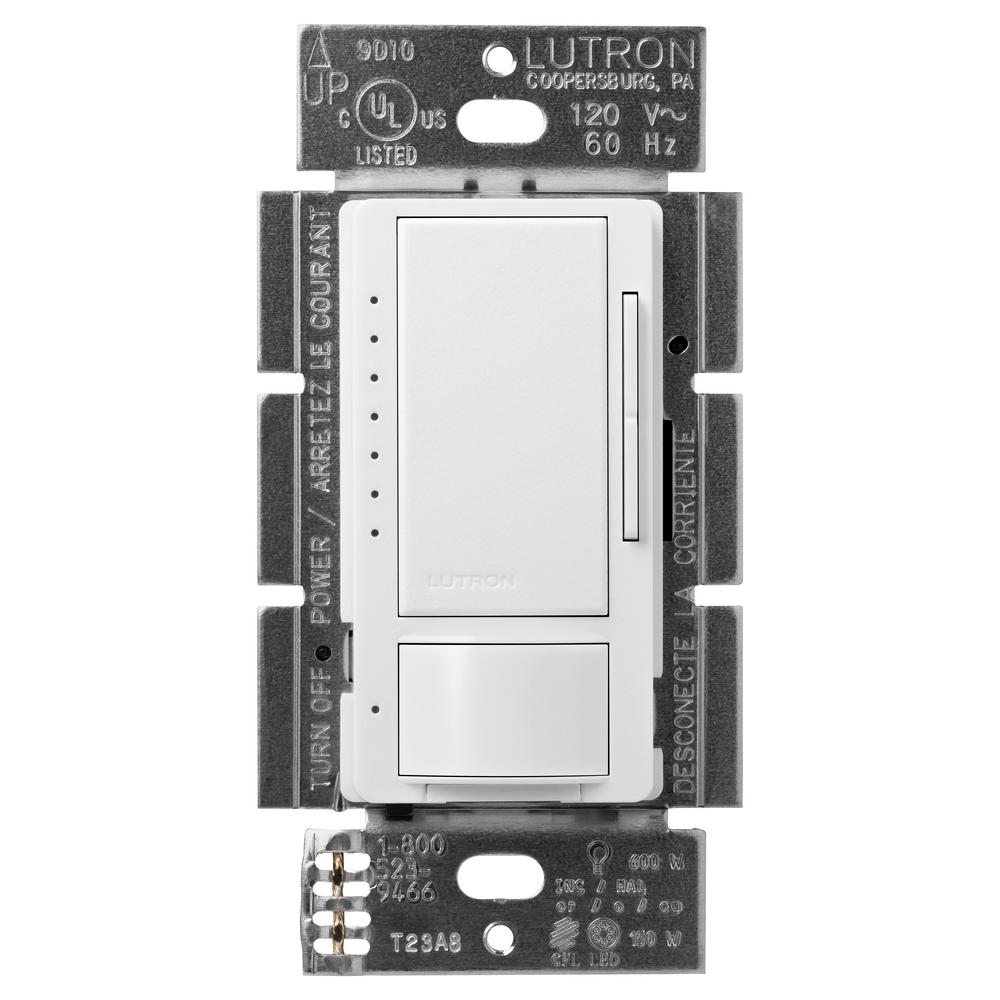Lutron Daylight Sensor Wiring Diagram
Lutron s new facility management tool empowers you to manage your building from anywhere.
Lutron daylight sensor wiring diagram. Wired sensors daylight sensor wired daylight sensor with infrared receiver this daylight sensor is designed specifically to work with lutron ballasts control modules and sensor interfaces to implement daylight harvesting. In a larger space the radio powr savr daylight sensor works with grafik eye qs control units directly and the energi savr node solutions product family through the qs sensor module to save energy by automatically adjusting light levels based on the amount of daylight available within the space. Each feature is designed around what is most important to you how well your building is working. Gain the competitive edge that lutron has enjoyed for more than 50 years through light control education and training.
It shows the parts of the circuit as streamlined forms and the power and also signal links in between the tools. Lutron 3 daylight sensor benefits saves energy reduces energy consumption by dimming or turning off electric lights based on the natural daylight entering the space 2can deliver up to 60 lighting energy savings in some areas provides comfort and convenience helps maintain the proper light level for a space so a space is never too dark or too bright. For additional product availability see back cover or contact alera lighting for additional details. Easily monitor control and optimize a lutron control system from any tablet pc or smartphone.
To maintain a specific light level in the space it allows the control system to automatically dim the lights. In this section find industry primers online tools training seminars exhibits and more. Wiring a daylight sensor to one ballast allows. Daylight sensor3 4 dsl lutron daylight sensor must specify lutron dimming ballast 4 7 step 3 place order example shown below is curv radial baffle product.
Assortment of lutron occupancy sensor wiring diagram. A wiring diagram is a simplified conventional photographic depiction of an electric circuit.









